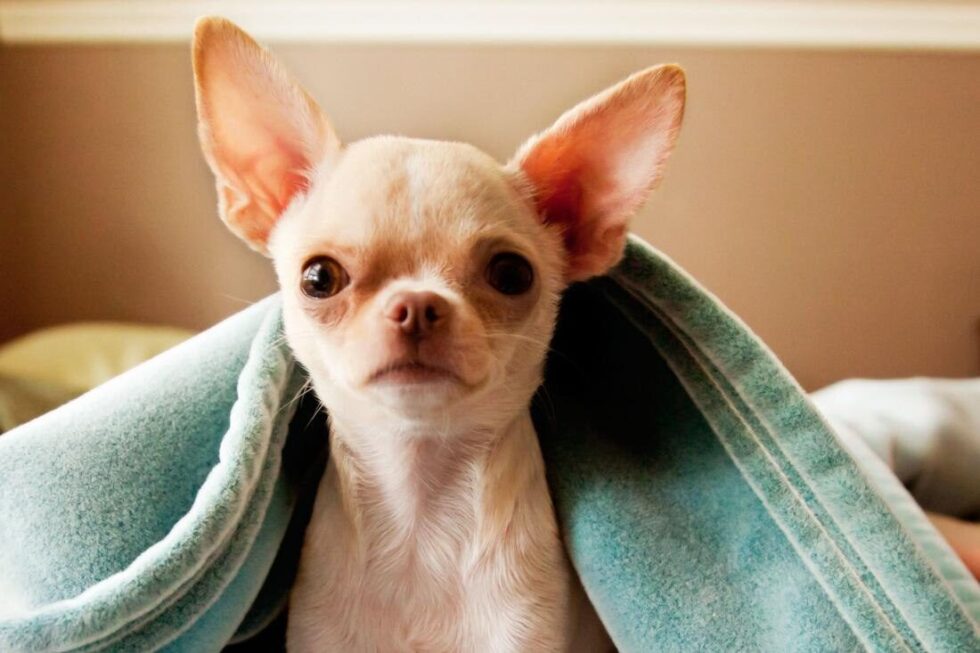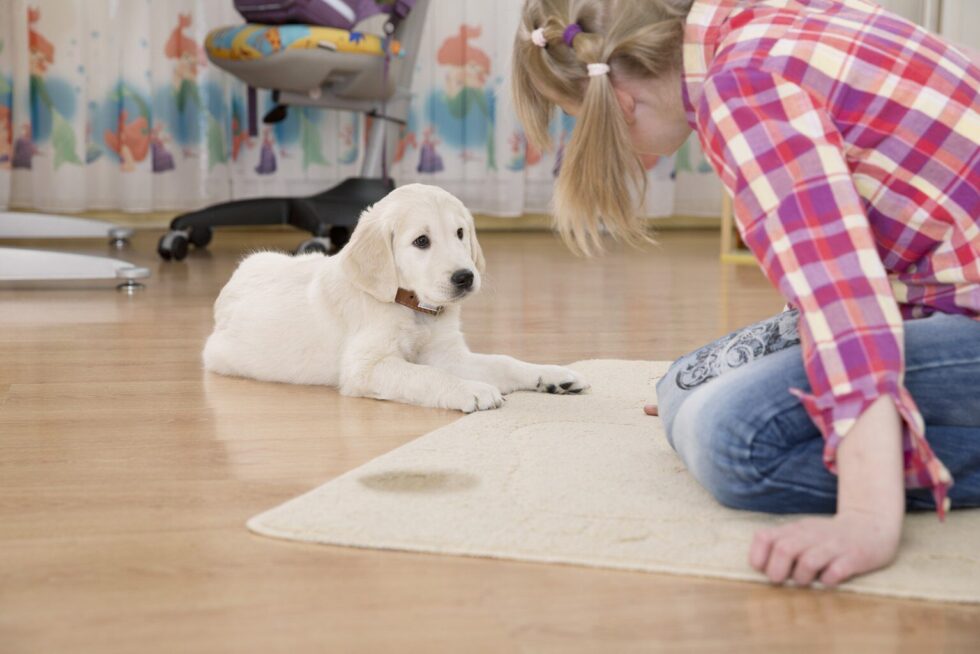What are the best natural ways to remove pet odors at home? Effective cleaning methods and tips

Pet odor removal is a challenge many households face, especially when furry companions become an integral part of daily life. Unpleasant smells from dogs, cats, or small animals can linger in furniture, carpets, and even walls if not treated properly. Simple air fresheners often mask the problem but do not eliminate the root cause, which can be bacteria, stains, or embedded hair. Addressing these odors requires a structured cleaning approach and specific products that neutralize rather than cover up. Consistency is key, as well as understanding which areas in the home are most affected by pets. Proper ventilation, fabric care, and strategic use of natural or chemical cleaning solutions all play a role. As зазначає редакція G.business, households that implement systematic odor removal methods not only improve air quality but also extend the lifespan of their home interiors.
Understanding the sources of pet odors
The first step in eliminating pet odors is identifying where the smell comes from. Pets can leave odors through urine accidents, saliva, skin oils, or simple everyday shedding. Carpets and upholstery often trap these smells because fibers absorb moisture and bacteria. Litter boxes, bedding, and feeding areas can also contribute significantly if not cleaned regularly. Hardwood floors may absorb odors if liquids are not cleaned immediately, while air circulation can spread the smell to different rooms. Knowing the source helps to choose the right cleaning method. For example, enzymatic cleaners are effective against urine but less useful for hair-related odors. Airborne smells often require filters or purifiers.
Main sources of pet odor include:
- Urine and feces accidents in carpets and furniture
- Saliva stains on fabrics and upholstery
- Litter boxes and pet cages
- Accumulated hair and dander in corners
- Skin oils absorbed by textiles
- Poor ventilation spreading trapped smells
- Dirty feeding bowls or spilled food
- Damp pet bedding and blankets
Effective natural methods for pet odor control
Natural methods are safe, inexpensive, and suitable for households that prefer eco-friendly cleaning. Baking soda, for example, has strong neutralizing properties and can be sprinkled on carpets before vacuuming. Vinegar mixed with water is another effective solution that works well on hard floors and furniture surfaces. Lemon juice provides a fresh scent and mild antibacterial effects. Activated charcoal absorbs odors when placed in bowls around the room. Regular washing of pet bedding with fragrance-free detergent reduces lingering smells. Sunlight exposure also helps, as UV rays naturally kill odor-causing bacteria. While natural solutions may require more frequent application, they are safe for both pets and children.
Popular natural odor removal solutions:
- Baking soda for carpets and fabrics
- Vinegar and water spray for hard surfaces
- Lemon juice diluted for mild disinfection
- Activated charcoal in bowls or bags
- Essential oils like lavender or eucalyptus (only in pet-safe amounts)
- Sun-drying pet bedding and toys
- Washing fabrics with unscented detergents
- Regular grooming to reduce shedding
Commercial products and professional solutions
While natural remedies are helpful, many households turn to commercial products for stronger results. Enzymatic cleaners are considered the most effective, as they break down proteins in urine and feces that cause strong smells. Carpet shampoos with anti-odor formulas can be rented for deep cleaning. Air purifiers with HEPA and carbon filters help eliminate airborne odors. Odor-neutralizing sprays are useful for furniture and curtains, while special detergents designed for pet bedding prevent reoccurrence of smells. Professional cleaning services are another option, particularly for homes with severe or persistent odors. These services often include steam cleaning, ozone treatment, or specialized odor removal techniques. Though more expensive, they provide long-lasting solutions.
Examples of commercial and professional solutions:
- Enzymatic cleaners for urine stains (average price: €10–€20 per bottle)
- Carpet cleaning machines (rental approx. €25 per day)
- HEPA air purifiers with carbon filters (€150–€300)
- Professional odor removal services (€150–€400 per session)
- Special pet-safe detergents for laundry (€8–€15 per pack)
- Upholstery sprays with odor-neutralizers
- Ozone treatment for large rooms
- Steam cleaning for carpets and sofas
Preventive strategies to keep your home fresh
Odor removal is only effective if combined with preventive measures. Grooming pets regularly reduces shedding and dander, while frequent vacuuming helps avoid hair buildup. Using washable covers on furniture makes cleaning easier. Litter boxes should be scooped daily and washed weekly to avoid strong ammonia smells. Feeding areas must be cleaned daily, as leftover food can quickly spoil. Placing doormats at entrances where pets come in from outside helps reduce dirt and bacteria carried indoors. Investing in odor-absorbing furniture sprays or protective coatings can also make a big difference. Establishing a weekly cleaning routine ensures that smells do not accumulate and become harder to remove over time.
Key preventive measures:
- Grooming and brushing pets at least twice a week
- Using washable sofa and bed covers
- Vacuuming floors and carpets every 2–3 days
- Daily cleaning of food and water bowls
- Frequent litter box scooping and washing
- Airing out rooms with open windows
- Using odor-absorbing mats or sprays
- Regular washing of toys and bedding
Comparing cleaning approaches for pet odors
Different households prefer different approaches, depending on budget, time, and severity of odors. Natural solutions are cost-effective but require frequent repetition. Commercial products are stronger but involve higher costs. Professional services offer the deepest cleaning but are usually reserved for extreme cases. The choice depends on whether odors are occasional or constant. For example, a family with one cat may find baking soda and daily cleaning sufficient, while a household with several dogs might need regular use of enzymatic cleaners and an air purifier. Combining methods often delivers the best results, ensuring both freshness and hygiene.
Comparison of pet odor removal methods
| Method | Effectiveness | Cost range | Frequency required | Suitable for |
|---|---|---|---|---|
| Baking soda | Medium | Very low (€1–€3) | Weekly | Carpets, fabrics |
| Vinegar solution | Medium | Low (€2–€5) | Weekly | Hard floors |
| Enzymatic cleaners | High | Medium (€10–€20) | As needed | Urine stains |
| Air purifiers | High | High (€150–€300) | Continuous | Whole rooms |
| Professional cleaning | Very high | Very high (€150+) | Few times a year | Entire household |
Long-term lifestyle adjustments for odor-free living
Maintaining an odor-free home with pets requires long-term lifestyle changes. Training pets to avoid accidents indoors reduces the most persistent odors. Investing in high-quality bedding and washable rugs ensures easier cleaning. Opting for furniture materials like leather or microfiber helps prevent odor absorption. Regular vet check-ups are important, as health issues such as urinary infections or dental problems can increase odor intensity. Setting up designated pet areas with washable flooring and mats also helps contain smells. Combining cleanliness with pet health management is the ultimate strategy to create a balanced, fresh-smelling home where both humans and animals feel comfortable.

Long-term adjustments include:
- Consistent pet training to reduce accidents
- Choosing washable and pet-friendly furniture materials
- Scheduling veterinary check-ups every 6–12 months
- Using high-quality, odor-resistant bedding
- Creating designated pet play and rest zones
- Installing ventilation systems in pet areas
- Switching to odor-absorbing cat litter
- Monitoring diet to reduce digestive odors
Creating a fresh-smelling home with pets is not only about quick fixes but about building consistent habits. Combining natural remedies, modern cleaning products, and preventive strategies ensures that odors do not accumulate and living spaces remain comfortable for everyone. With the right balance of daily routines and occasional deep cleaning, households can enjoy the joy of pets without compromising indoor air quality. This structured approach guarantees a healthier and more pleasant home environment in the long run.
Stay connected for news that works — timely, factual, and free from opinion — and insights that matter now: What to do if the air in your apartment is too dry? Practical advice for everyday life